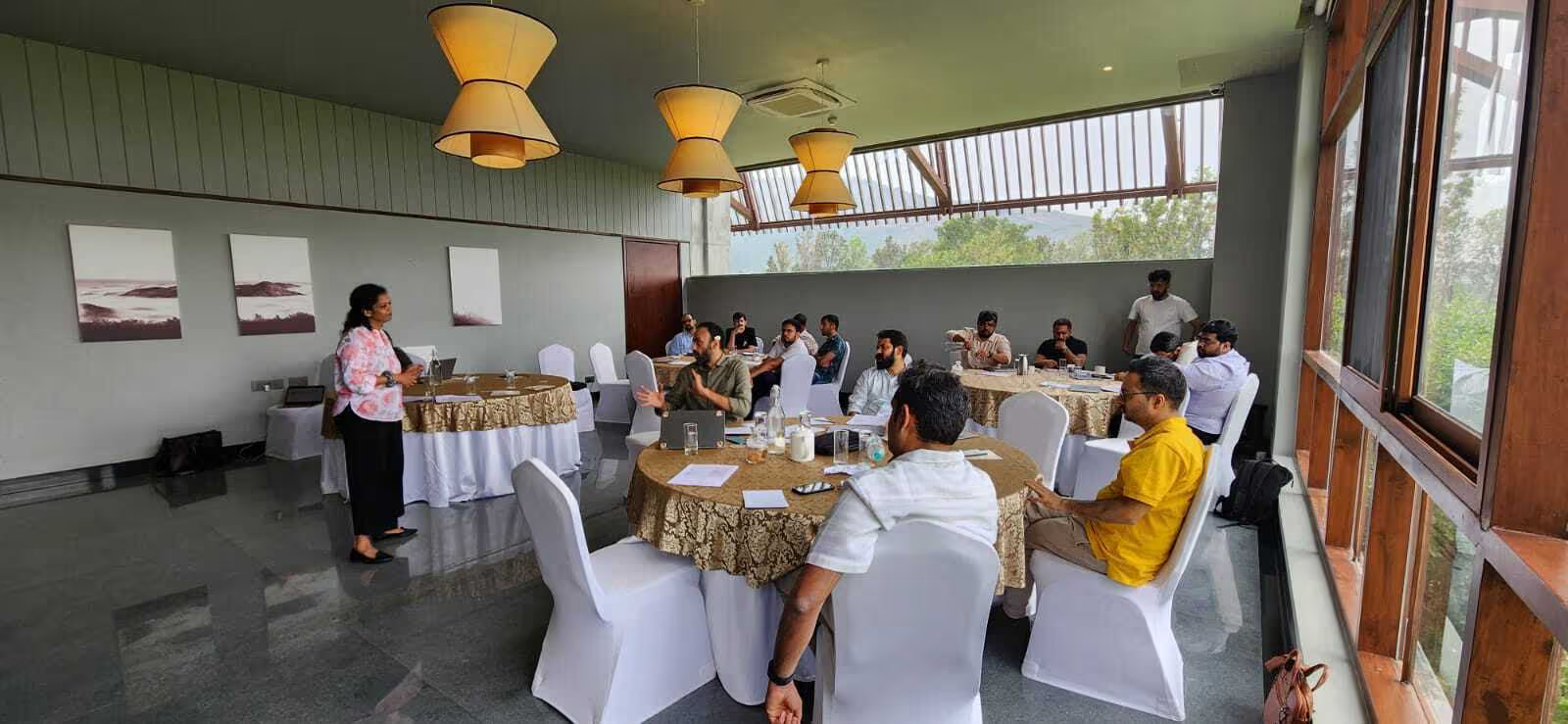One of the first offsites I participated in as Head of People Success at Plum was also one of the most interesting experiences, because it set the tone for our series of ‘cultural offsites’.
At Plum, offsites typically fall under one of two themes.
The first? Our functional offsites. They’re fairly common among most organisations, typically involving leadership planning meetings where goals for the year are structured, or elements specific to execution – think training, workshops, etc.
The second type made its debut a year ago and is now a regular practice at Plum. We call these cultural offsites, and they have become one of our rituals to facilitate open, vulnerable, and direct conversations with the team. All teams at Plum participate in at least one of these every year.
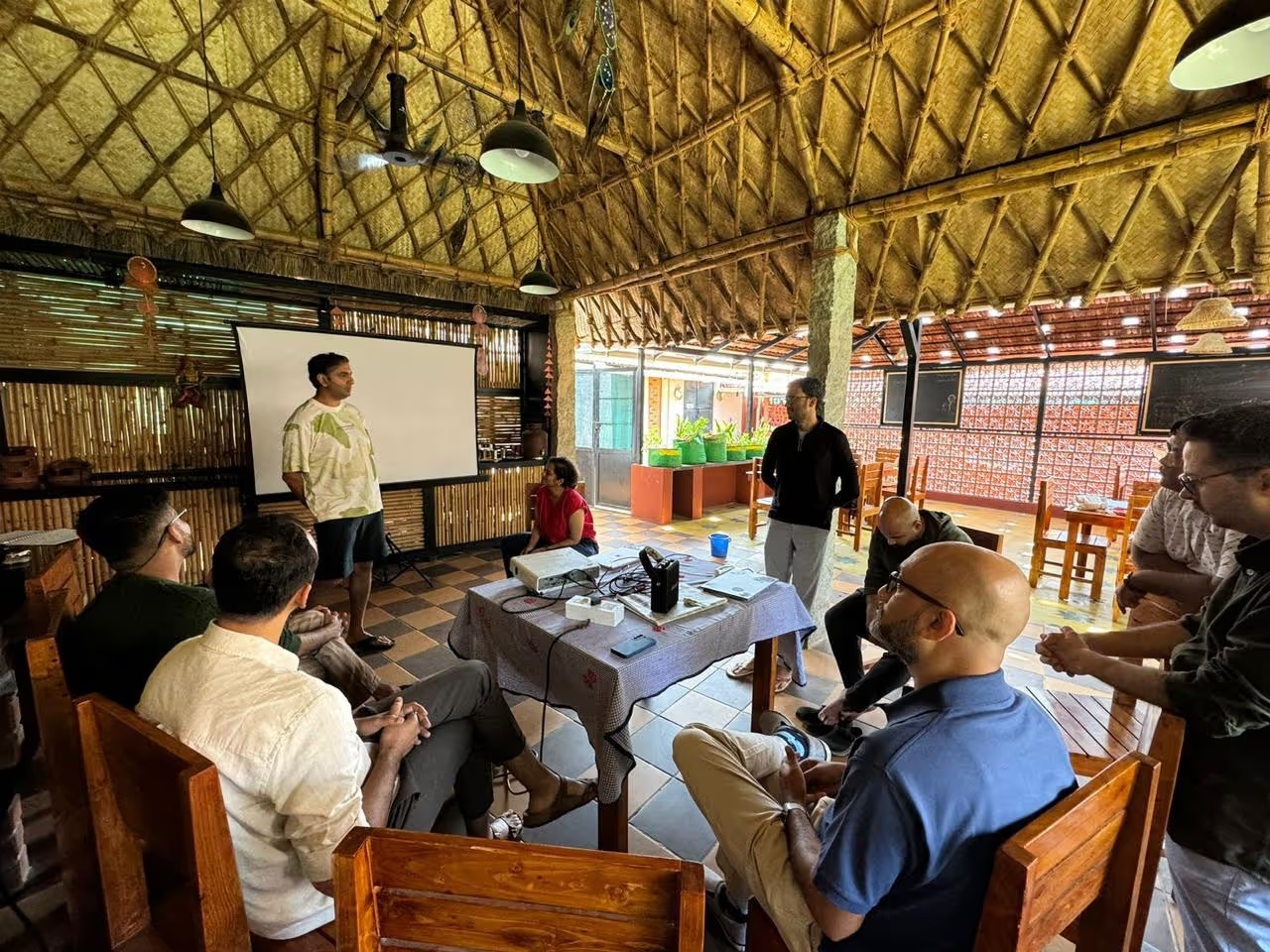
Why a cultural offsite?
Talent is our biggest moat at Plum.
We index heavily on hiring some of the best minds in the business, and give them an environment set up for their success and subsequent leadership. And our best people are always extremely passionate about their charters and have very strong opinions about how some things should be done.
Friction was to be expected – When you have a group of extremely passionate, ambitious, yet diverse individuals working together, you’re guaranteed a more than healthy amount of debate.
I could see it. Abhishek could, too.
We agreed that while we were lucky enough to have a leadership group that was extremely engaged, aligned and raring to go, they needed to start complementing each other’s skills and style of work.
The result was a two-day offsite with a simple outcome – come back secure in the knowledge that everyone had the others’ backs.
What causes friction?
Before we talk about what happened, a small digression where we discuss why friction occurs. There are two ways to look at this.
Culture
If I were to look at it from the perspective of a champion of company culture, I’d tell you that it’s either because
- some culture codes are not being followed entirely
- and/or different people have different interpretations of culture codes
Plum has six culture codes. We realised that while most culture codes were self-explanatory and intuitive, separate conversations with each leader made us realize we needed to focus on two culture codes in specific – Player, not a spectator and Rock solid reliable.
Compatibility
When you have functional heads who are opinionated with very distinct styles of leadership, a founder should count themselves lucky because they’re not just taking ownership, but also crafting their own cultures. Small disadvantage: They might believe that their way is the only way.
For example, what happens when a leader with an objective, data-driven approach disagrees with a counterpart with a style heavily indexed on soft skills? Both could be right, but there’s no way to compare because the planes of reference are entirely different.
Building a culture of complementary leadership styles.
We started with the latter. On Day One of the Offsite, folks participated in an introspective exercise designed to help them identify their leadership style, according to The Leadership Compass framework:
- North (Action-Oriented): Moves fast, takes charge, prefers to "just do it."
- South (People-Centered): Focuses on team harmony, emotions, and relationships.
- East (Visionary): Thinks big-picture, focused on possibilities and long-term goals.
- West (Data-Driven): Detail-oriented, structured, relies on facts before making decisions.
Once they’d identified their dominant leadership style, they had to learn what was good, bad, and ugly about it. We called it a tension mapping exercise.
Divided into groups of four, people had to discuss what they admired and were frustrated by in each leadership style. For example, a North (Action-Oriented) leader might think that "East (Visionary) is great at big ideas but slows things down with endless brainstorming, while the East might believe that "North rushes into execution without thinking through long-term impact."
This did two things
- discussions could be objective without being personal
- people could start thinking about how one style could complement the other, without pointing fingers
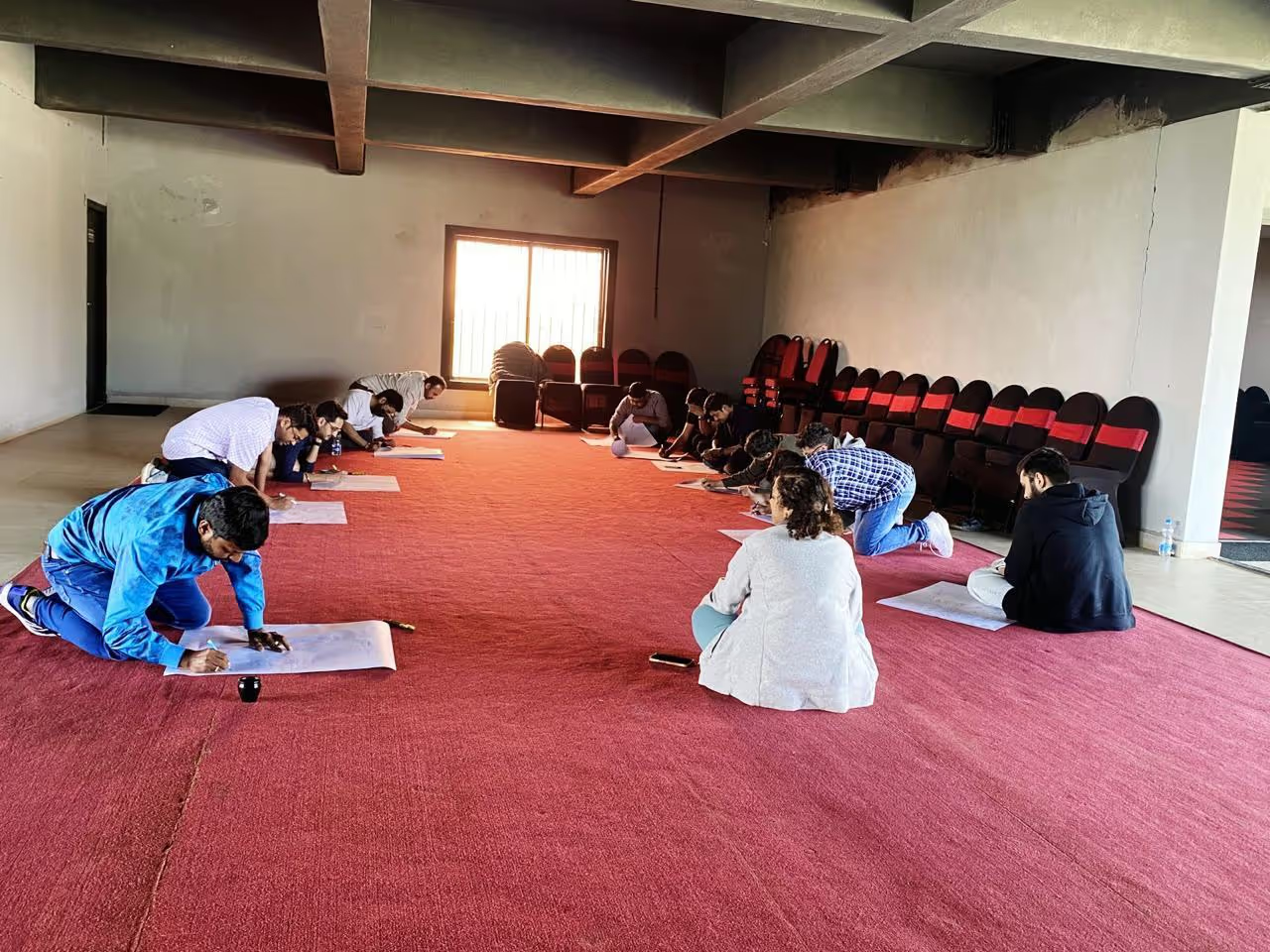
Aligning leadership styles to the larger company culture.
Now that everyone was more welcoming towards the idea of working with each other, we could now acknowledge the muddy elephant in the room – culture.
At that point, we observed that teams were hesitant to take risks, challenge ideas, and support each other openly. To build a high-trust, high-accountability culture, we needed to build a culture of shared responsibility, constructive discussion, and true ownership over Plum’s success.
Conversations were blunt, yet empathetic. Some themes:
- What prevents us from engaging in tough conversations and challenging ideas openly?
- How can we shift from blame culture to shared accountability?
- What would it look like if we always assumed positive intent in cross-functional interactions?
- How can leadership create more psychological safety to encourage risk-taking?
- What are three behaviours we can start doing tomorrow to make trust and dependability part of our daily work?
My role in this involved arbitrating conversations, leading discussions, and taking a lot of notes. After both sessions, the people success team presented our findings, which identified overlaps between structural and cultural issue, and suggested practices that would address both issues.
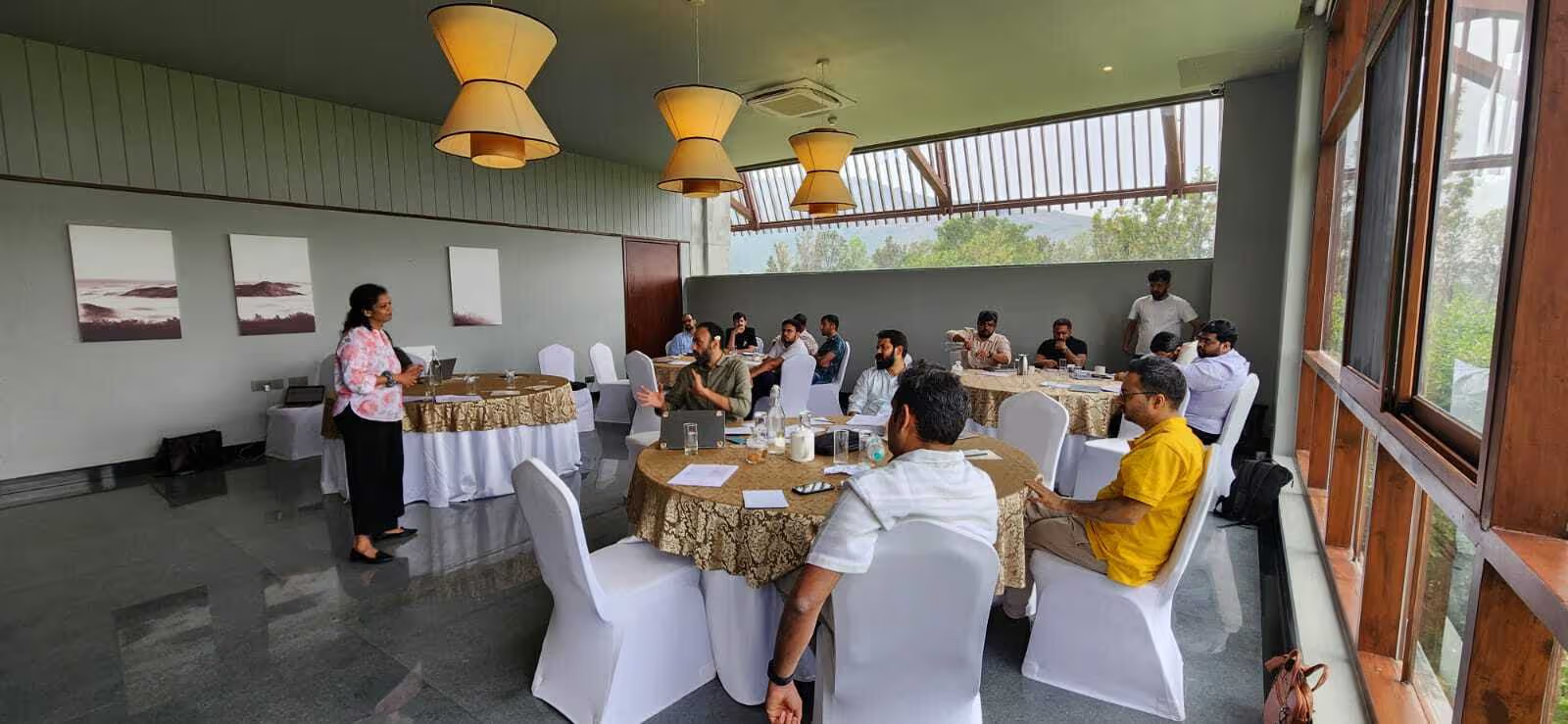
Day zero all over again
I believe Plum’s strongest cultural trait is the diversity in styles, thought processes, and problem solving. Our cultural offsites have been fairly successful in preserving this individualistic style among subcultures, while ensuring that there is a healthy respect for complementary styles of working.
And when this is aligned with the company’s broader culture and goals, we do work that we’re proud of. Teams aren’t working in siloes as much as they used to, wins are celebrated all across the org, and collective collaborations reigns supreme when there are setbacks.
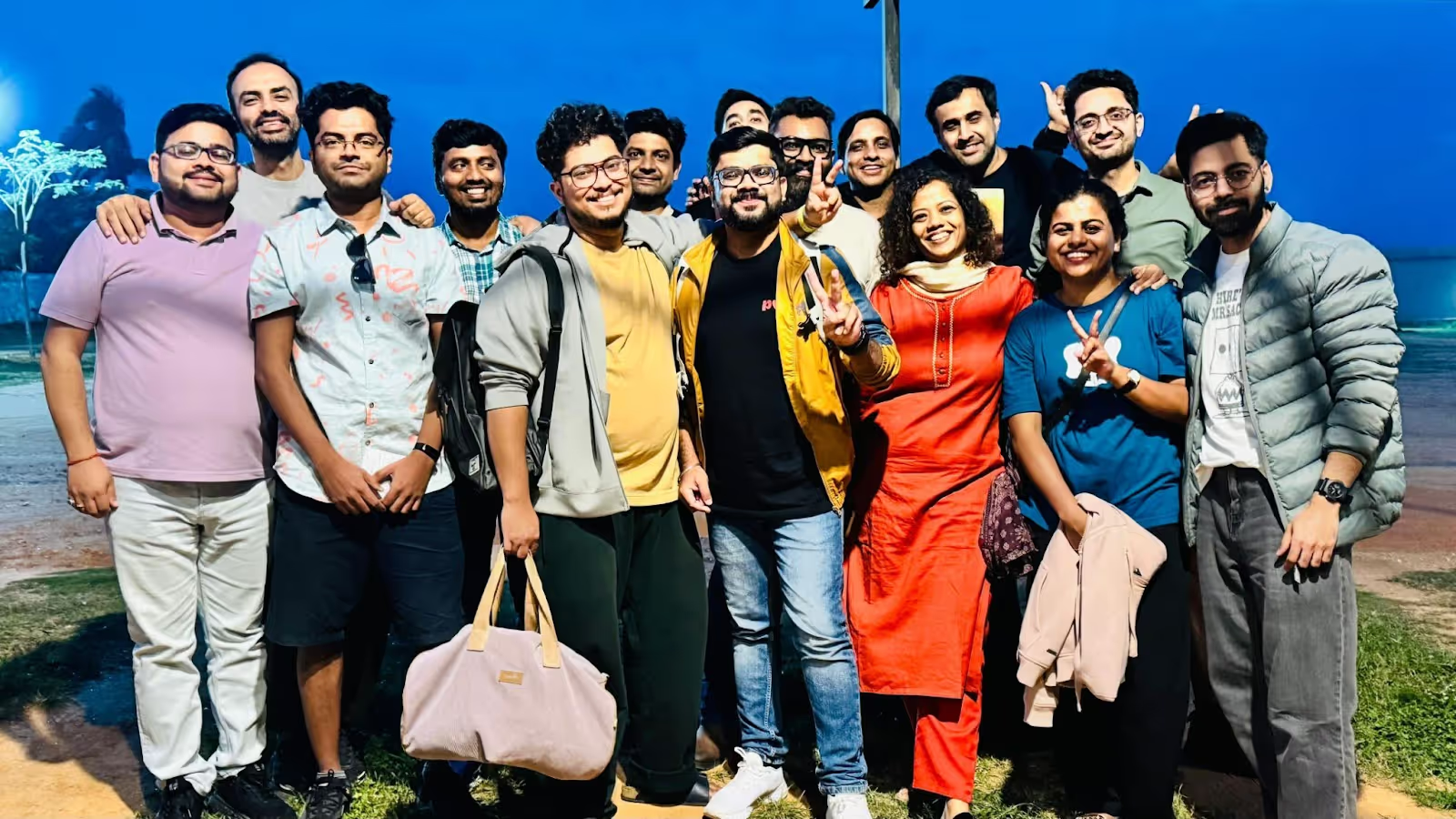
If you’re a people leader or founder who is reading this, three words of advice.
First, this is normal. Acknowledge that disagreements are a part of your journey as you scale, and it is a good sign because it means your leaders are engaged and invested. You need to channel that energy into collaboration through regular conversations and interventions. Remember to have an anchor around which you can moor these conversations. At Plum, it was our culture codes. It could be anything for you – your vision doc, routines and rituals, or even your product philosophy.
Secondly, culture is a work in progress. A single offsite is not a one-stop solution, and you need to keep an eye out for both leading and lagging symptoms. A simple rubric that I have for the success of these sessions is whether the same issues persist a week, three months, and six months after the offsite.
Thirdly, you might be tempted to outsource workshops like these to an external party. I would recommend against it. A lot of this is internal and cultural, which means nobody outside the organization would be best equipped with the context required to solve it. While there is merit in external facilitators, the onus to carry the culture forward lies with the leadership. As founder or people leader, this is your OKR, and it’s best to get your hands dirty in the pursuit.
Nobody wants to have these conversations. But sometimes, they’re necessary. Been there, done that, or looking to do that? Drop me a note at priya@plumhq.com.
.avif)








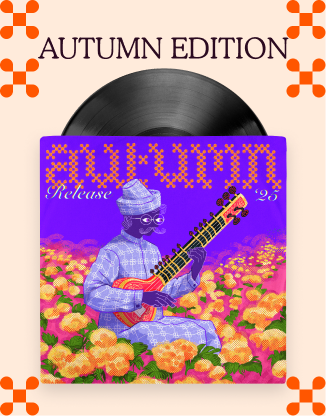

.avif)








